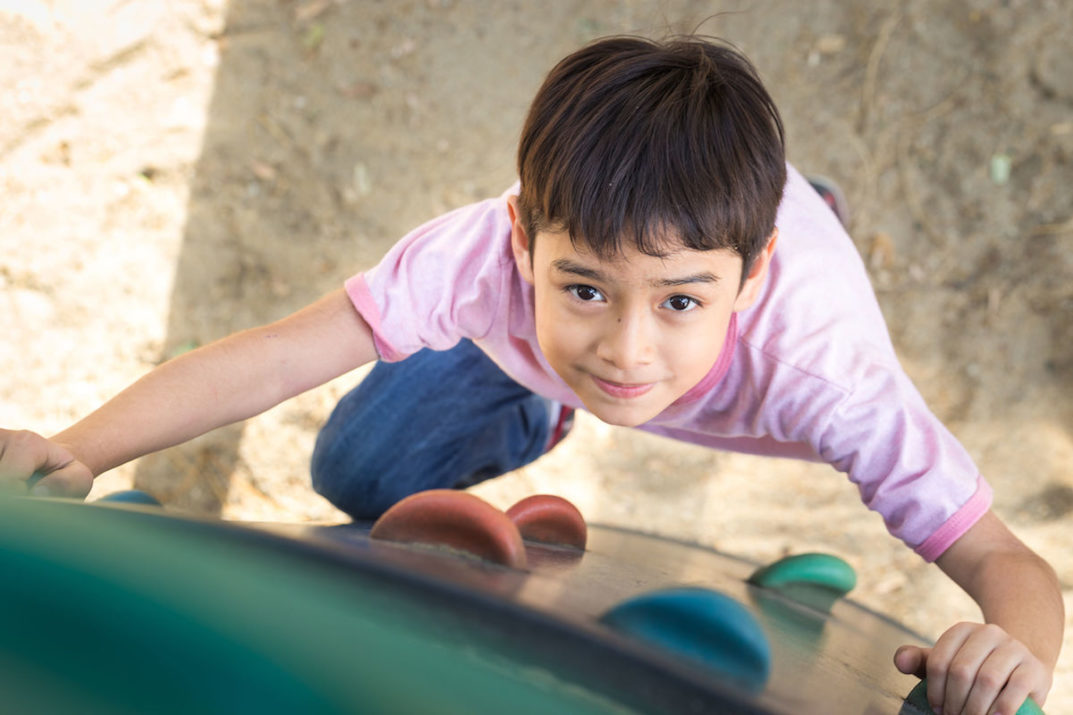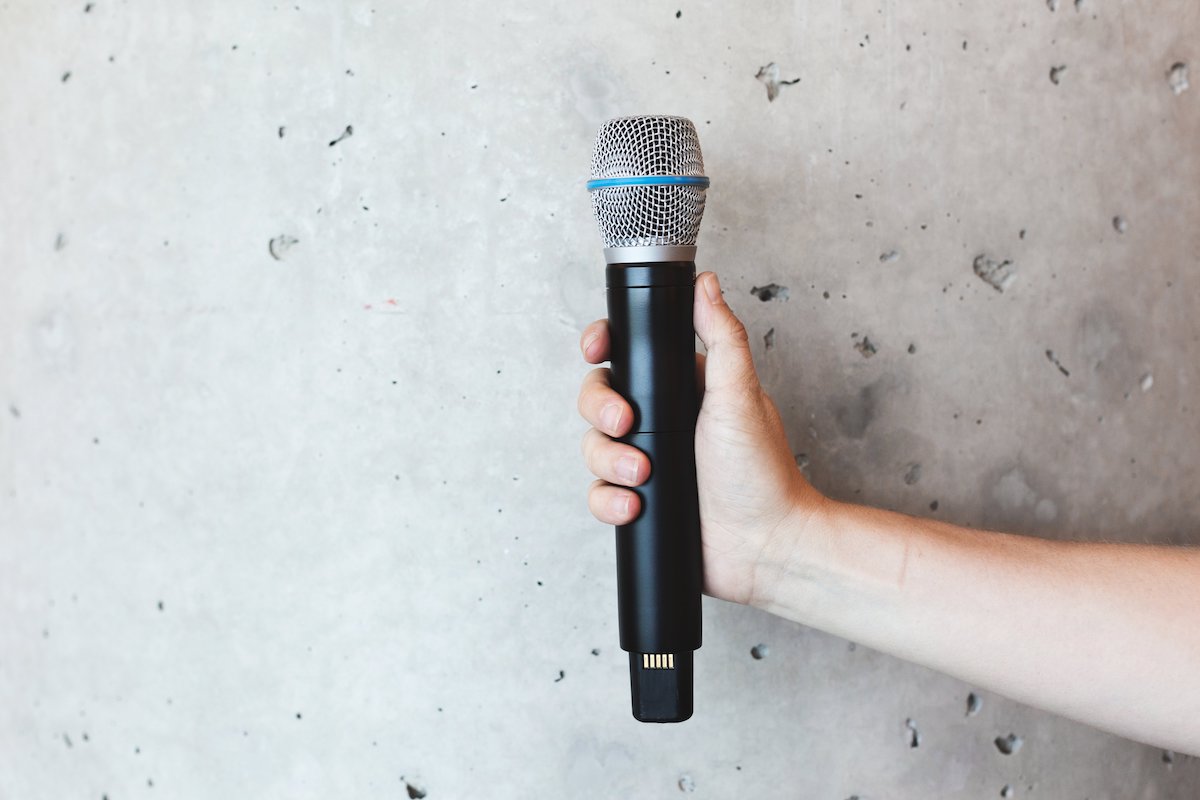
Courage can help students excel academically, in their personal lives at home and in their future careers. But having courage and being brave means overcoming one’s fears — and that’s a difficult challenge for people of all ages. The right mindset and teaching strategies can help teachers cultivate courage in their students, and even themselves, to the benefit of everyone.
What Does Courage Look Like to Students?
There are many types of courage and ways to display courage. Heading out into the city at night, for example, requires a different kind of courage than venturing into a dark forest, Ron Berger, chief academic officer at EL Education says.
He explains that students need to understand this concept of differentiated courage. Why? Because each person has different fears that can be overcome through their own unique kind of courage. “It means you take the risk to raise your hand and ask questions, to share your thinking with others, to take critique from peers. It means having the courage to choose difficult problems and risk mistakes,” he adds.
Students should also understand that courage looks different than it feels. Seeing someone perform a heroic act, like saving a kitten from a tree, might look glamorous, impressive and self-assured from the outside. On the inside, however, courage can feel like anxiety, self-doubt and fear, explains Karen Young, founder of the psychology website Hey Sigmund.
Students should also understand that the impacts of courageous acts aren’t always felt right away. “The differences they make can take time to reveal, but when actions are driven by courage, the differences those actions make will always be there, gently taking shape and changing their very important corners of the world in some way,” Young says.
Realizing the inner subtleties of courage can help students understand how it looks and feels for them personally. Students realize how they can make a difference in the world by being brave.
Conversations around courage allow students to think critically about their sense of right and wrong, so that they can pursue justice and fight for good, explains Common Sense Education senior editor Danny Wagner. Courage is essential for helping students make changes at school and home. Testing their personal limits of courage boosts a student’s capacity to handle adversity and challenge societal norms as they mature.

How to Cultivate Student Courage
Academic courage is particularly important because with it students can achieve greater success at school. Small acts of courage can be practiced in the classroom daily, special education programs provider James Stanfield Company notes. These acts include trying out new skills and activities or standing up and speaking in front of the classroom, all of which take courage.
Learning to fail is another important aspect of courage. When students become less afraid of failure they’ll be more willing to try new things and try things a second time after they fail. Failure is also how people achieve true success in life, according to University of Houston research professor and author Brené Brown.
She uses the example of creative teams in the workplace, explaining that high power creatives don’t believe there is room for them to fail. Instead, they just remain in a zone they deem safe, never putting themselves into situations where they’ll risk failure. While this might mean they’ll never fail, it also means they’ll never deliver excellence. This is because they’re never truly confronting their fears — they’re only just skimming the surface of what courage could be.
In addition to embracing failure, students must also learn to have agency over their own actions. There are many opportunities for students to practice courage daily, educational psychologist Michele Borba points out. If one student needs to apologize to another, for example, a teacher can encourage them to do so on their own.
Moreover, inviting a new classmate to play, introducing themselves to someone new or standing up for someone in need are all ways students can practice courage. Borba suggests creating a place where students can talk about or share their courageous acts. A round-table discussion or a courage chain, where acts are written down on paper, allows students to feel proud of their bravery — and encourages other students to push past their fears.

Open Communication and Encourage Student Voices
Encouraging students to step outside of their safety zone is another important first step in promoting courage, but failure can be hard to teach.
One of the best ways to encourage failure is to model it, Dorothy Crouch at STEM Jobs explains. Modeling behavior is an important aspect of many social emotional learning tools, and we’ve discussed this strategy in our post on self-management and compassion in the classroom.
But since courage is sometimes only felt and not seen at first, teachers must communicate how they feel when they’re being brave. When teachers make mistakes, for example, it’s a good idea to communicate these errors and cast them in a positive light. Teachers who embrace their own personal failures openly can help students feel more at ease making their own mistakes and trying again.
These skills are key to cultivating a growth mindset, too. Peekapak, a learning tool that combines social-emotional learning with reading and writing standards, explains this on their blog. A growth mindset looks at failures and challenges as opportunities.
There are two ways teachers can cultivate a growth mindset from the perspective of building courage. When teachers feel frustrated about something that didn’t go as planned, they can talk about these feelings with students. And when they see a student getting upset about failure, teachers can reframe the event in a positive light.
Teachers should also empower their students to speak up and get involved in causes they care about. Organizations like Active Minds and LETS (Let’s Erase the Stigma) encourage students with learning challenges to connect with other students in the same situation. Sharing personal stories with an audience can be daunting, but having the courage to do so can reward students with reduced feelings of isolation and a greater sense of survival, psychologist and author Mark Katz writes.
Another way to help students build courage is to create a platform for sharing stories. You can create a weekly sharing group, or a more formal open mic night for poetry and song. Giving students the space to share their beliefs, feelings and experiences can give them opportunities to test their courage and realize the power of their voice.
Remember the underlying reasons for developing communication and courage in students. “The goal of education is to help our students be more creative and innovative, think more critically, communicate effectively to inspire change, and collaborate to make an impact,” educator, author and speaker Nathan Lang-Raad, Ed.D. says.
How Teachers Can Find Courage Professionally
Teaching is always more profound when you practice what you preach. And modeling courage to your students mean you have to have it. So what does this mean when it comes to cultivating courage in the classroom?
At The Center for Courage and Renewal, it means developing your personal and professional integrity as an educator — and the courage to act on it. The center offers a host of programs and retreats for both teachers and administrators who are seeking to renew their inner lives.
Courageous teaching matters because it can help educators realize the value of their work. It can also attach them more clearly to the difference they’re making in students’ lives, even (and especially) during those periods when you’re wondering if you’re making any connection at all.
Images by: hatchapong/©123RF.com, Matthew Henry, Sarah Pflug


What do you think?